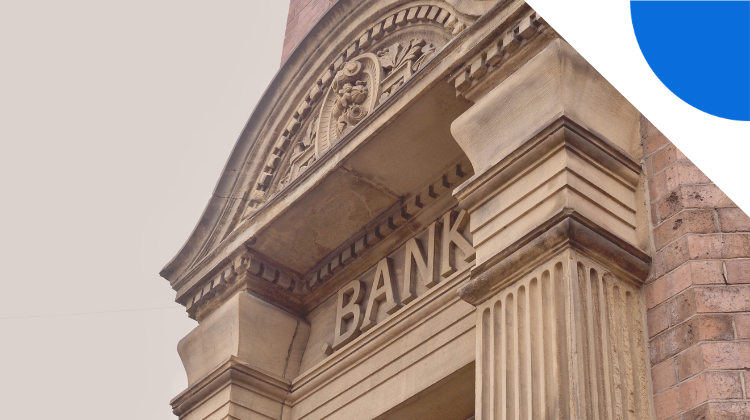Banking, Culture and Talent
Bank branches are getting a facelift. What are smart branches?
- From opening cafés to building community centers, bank branches are changing.
- Big names like Capital One, Bank of America and JPMorgan may be spearheading the branches of the future.








